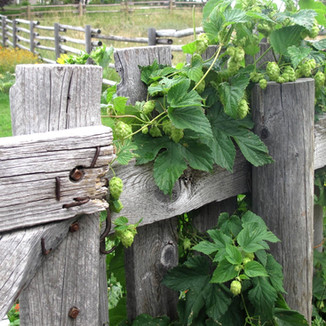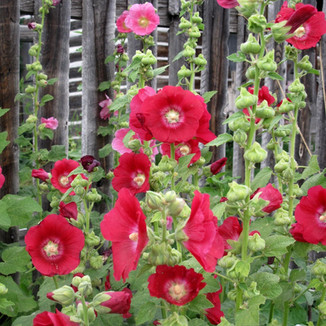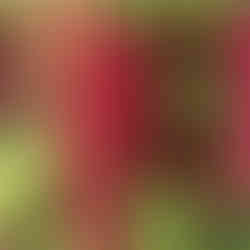
GARDENS OF THE WILD, WILD WEST - LESSONS FROM PLANTS OF THE PIONEERS, MARY ANN NEWCOMER
I grew up at around 8,000 feet elevation in the foothills of the Colorado Rocky Mountains. I feel at home with dry heat, alpine meadows, high desert plateaus, the vast arc of the Great Basin and the quiet fresh sweetness of ponderosa pine forests. When I heard the website title of today’s guest, “Gardens of the Wild Wild West!”, I knew I wanted to speak with her about all that this title might evoke.
When you hear that phrase "Gardens of the Wild, Wild West" – what comes to mind? For gardener, author, historian and radio host Mary Ann Newcomer, there’s a long history of intrepid plants, gardens and gardeners that come before her. Mary Ann lives and gardens in the great state of Idaho, she is an active member of the administrative and gardening staffs at the Idaho Botanical Gardens in Boise, Idaho - located on the site of the Old Idaho Penitentiary.
"'Our whole need to garden beyond sustenance - there’s also sustenance of the soul -
that’s the beautiful roses, iris and sweet peas,' I was told 'Mary Ann, that’s what
makes us human,' and I have never let go of that. Because (as gardeners)
that is what we tend to try to do - we try to make things more
beautiful, beyond the natural beauty that’s around us."
The author of several books including The Timber Press guide to Vegetable Gardening in the Mountain States AND co-author with John Cretti of the Rocky Mountain Gardener’s Handbook – all you need to know to plan, plant and maintain a rocky mountain garden, Mary Ann is in the dreaming scheming phases of a book on the Plants of the American pioneers. ( I am in the dreaming scheming phases of when I get to go plant photograph rustling with her! ;)
Mary Ann's great love (or one of them) is learning more about and tracing the stories behind the plants – potatoes, sweet peas, roses, irises, peonies, lilacs and narcissus and more - that have stood the test of time in gardens of the inter mountain west – and what lessons they may have to teach us as gardeners no matter where we live. She works to adapt some traditional concepts of garden design – for instance, the iconic English Garden she mentions in our interview – to the rugged climate of her region by using beautiful and colorful native plants, as well as adapted and storied heirlooms.
Her favorites (which is very difficult to narrow down) are (in no particular order):
Pheasant Eye Narcissus, (from Missouri Botanical) or Narcissus poeticus var. recurvus, classified as a wild species (Division X). By definition, Division X covers all species daffodils and varieties. N. poeticus var. recurvus (commonly called pheasant’s eye) is native to Europe. It rises 12-14” tall in spring. Each flower features recurved white petals (perianth segments) and a small yellow cup (corona) with a distinctive red rim. Blooms very late (April-May in St. Louis). Flowers have a sweet fragrance. Narrow, strap-shaped, green leaves in clumps. Genus name honors a beautiful youth who became so entranced with his own reflection that he pined away and the gods turned him into this flower. Specific epithet means pertaining to poets.
Lilac: the old purple fragrant one. Also the white fragrant one. Syringa vulgaris.
Lemon Lily: Hemerocallis lilioasphodelus, fragrant and lovely swan-like necks. Ditch Lilies/or what I called Tiger Lilies as a kid: Hemerocallis fulva
And, Iris pallida, purple iris.
Also affectionately known over the Boise Idaho radio waves as the "Dirt Diva," Mary Ann is a knowledgeable adventurer and historian of the native and introduced plants that thrive in the intermountain west – she joins us this week from the studios of Boise State Public Radio to share more.
Join us!
To learn more about Mary Ann follow her on Instagram @mannewcomer or on Pinterest.















































